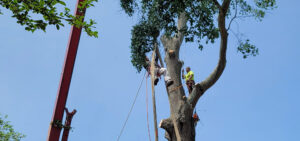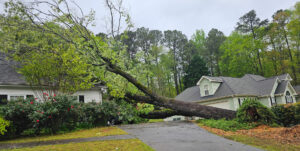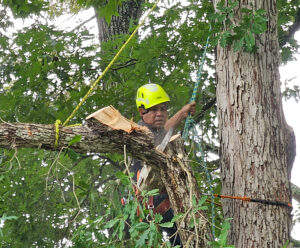
Tree Pruning Tips for Every Season to keep your trees healthy year-round. Learn how seasonal pruning improves growth, appearance, and safety on your property.
Pruning is a vital aspect of tree care that promotes health, safety, and aesthetics. Understanding the optimal times and methods for pruning ensures your trees thrive year-round.
Summer pruning helps control growth and remove defects.
Mid to late summer.
Winter is optimal for major pruning tasks.
Late winter, before spring growth begins.





Regular, seasonal pruning maintains tree health and enhances your landscape’s beauty.
For professional tree care services tailored to your business needs, contact Branching Out Tree Services: